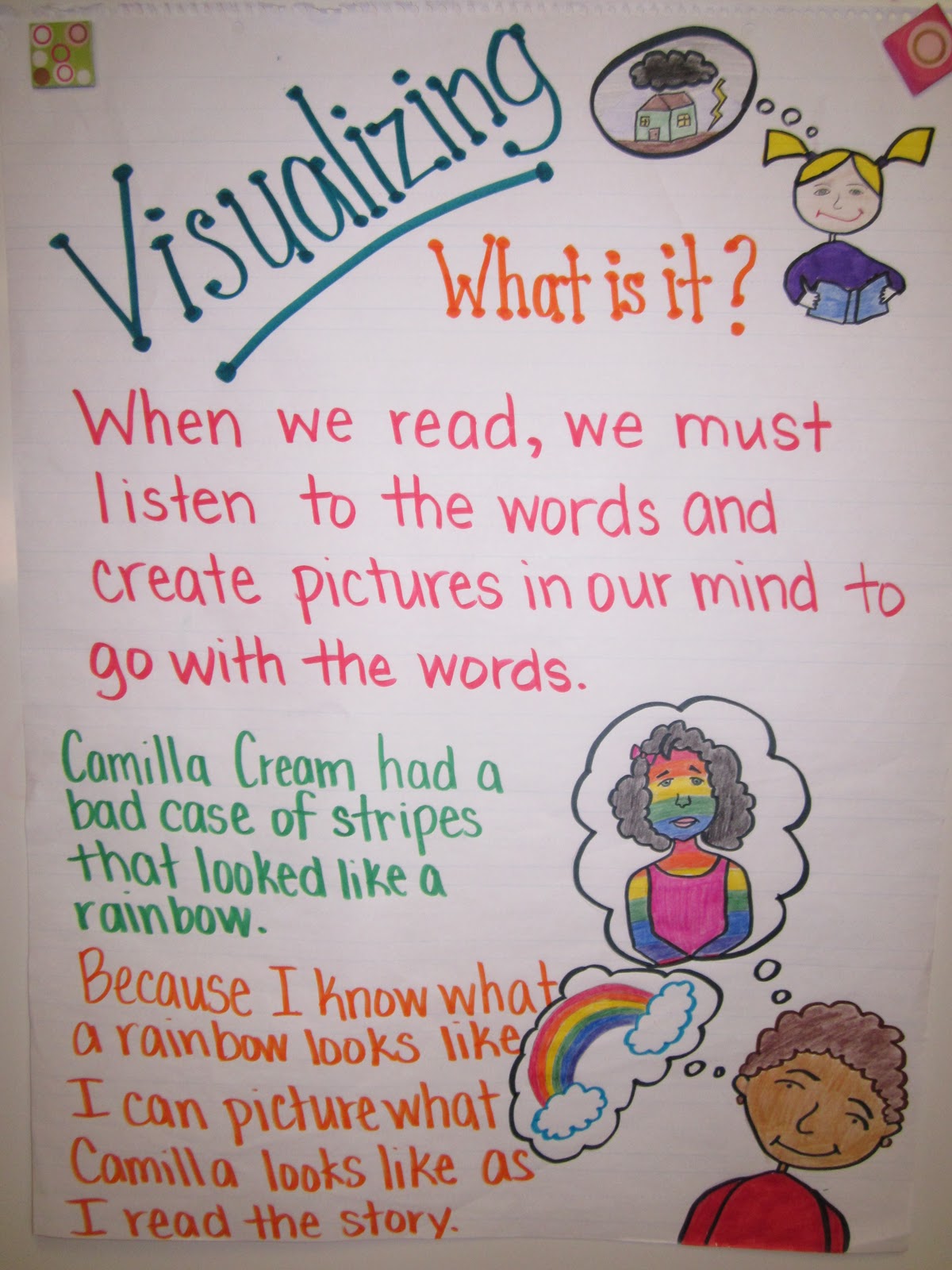
One of the best strategies that we have found for instructing students on this skill is teaching students to identify the "small picture" vs. the "big world idea".
Here's an example of "small picture" vs. "big world idea".
In the story "The Ugly Duckling", the duckling was not happy because he was called ugly. He didn't look like the others, and he ended up being a swan in the end. That's the small picture because it only applies to that particular story. The "big world idea", which is the theme, may be "We are all special in our own way" or "Don't judge someone based on how they look". These are big world ideas because that advice can apply to everyone. Our small picture SUPPORTS the big world idea.
If asked what the theme of this story is, an exemplar answer would be:
The theme of this story is don't judge someone based on what they look like. I know this because everyone called the duckling ugly because he looked different, but he ended up being a swan. Just because they criticized how he looked doesn't mean he was bad or weird, he was just a swan.
Provided below is a link to a PowerPoint. This PowerPoint explains some simple ways to reinforce theme for your student. It includes some sample stories that you can read with your student and discuss with them.
https://docs.google.com/presentation/d/1dTMTAabBS4e1zYtU3VDnuqSs2zlf-huvMdHkBebEY9o/edit#slide=id.p13
Happy reading!
